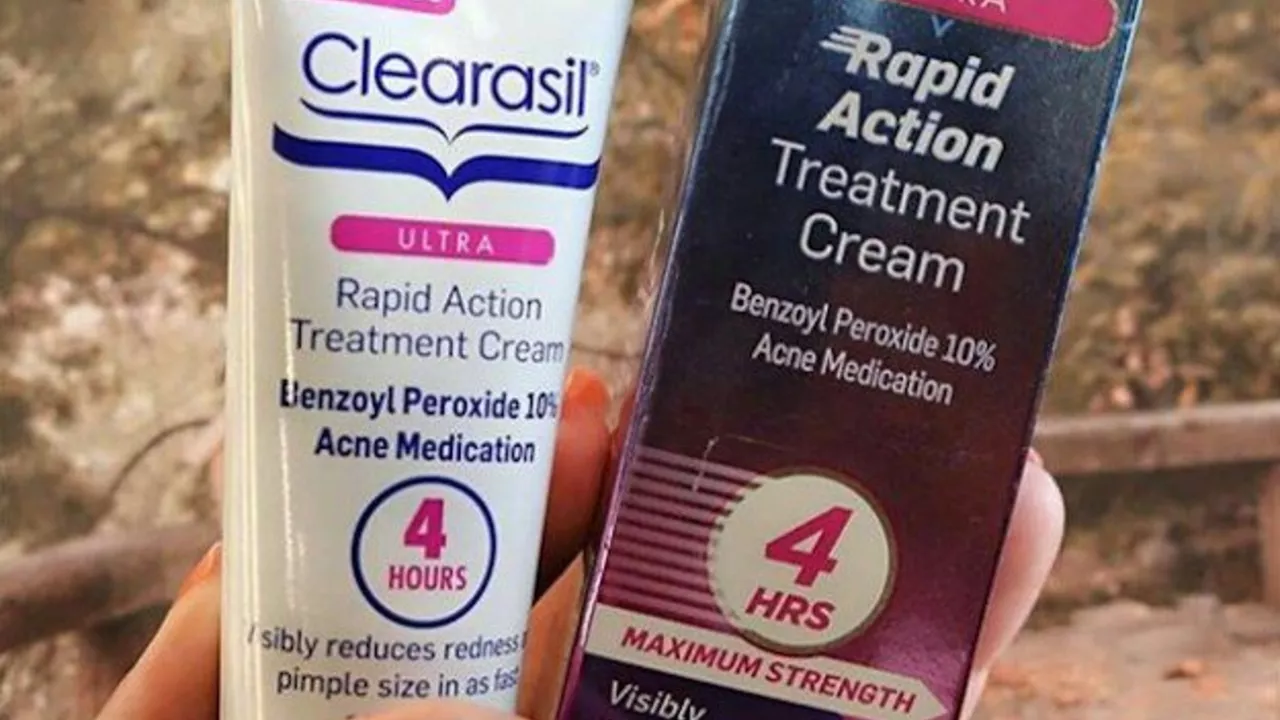Understanding Benzoyl Peroxide
Benzoyl peroxide is a common ingredient found in many over-the-counter and prescription acne treatments. It's a powerful substance that works by killing the bacteria that causes acne, reducing inflammation, and helping to clear blocked skin pores. It's a go-to solution for many people struggling with acne. However, it's important to understand that while it can be effective, it's not without potential side effects. One such side effect is skin discoloration, which this article will focus on.
How Benzoyl Peroxide Works
Benzoyl peroxide acts as a peeling agent. It increases skin turnover, clearing pores and reducing the bacterial count (specifically P. acnes) on the surface of the skin. It may also play a role in reducing inflammation. Due to its oxidizing properties, it can be quite harsh on the skin, which can lead to dryness, peeling, and in some cases, skin discoloration.
What is Skin Discoloration?
Skin discoloration can take many forms, from hyperpigmentation (areas of skin becoming darker than your normal skin tone) to hypopigmentation (areas of skin becoming lighter than your normal tone). It can occur in small patches, can cover large areas, or can affect the entire body. This discoloration can result from changes in melanin, the substance that gives color to your skin, or from changes in blood flow.
Benzoyl Peroxide and Skin Discoloration
One of the side effects of using benzoyl peroxide is skin discoloration. This can occur in the form of both hyperpigmentation and hypopigmentation. The exact cause of this is not fully understood, but it's believed that the oxidative properties of benzoyl peroxide may result in changes in melanin production, leading to changes in skin color. It's also worth noting that the risk of skin discoloration may be higher in people with darker skin tones.
Preventing Skin Discoloration
If you're using benzoyl peroxide and are concerned about skin discoloration, there are steps you can take to minimize your risk. First and foremost, it's important to use the product as directed. Overuse can increase your chance of side effects. Protecting your skin from the sun is also crucial, as sun exposure can exacerbate discoloration. Using a broad-spectrum sunscreen, wearing protective clothing, and avoiding peak sunlight hours can all help.
Treating Skin Discoloration
If you've experienced skin discoloration as a result of using benzoyl peroxide, there are treatments available that can help. Topical creams and lotions containing ingredients like hydroquinone, retinoids, and vitamin C can help to lighten areas of hyperpigmentation. For hypopigmentation, treatments are more complex, but may include cosmetic camouflage, laser therapy, or topical corticosteroids.
Alternative Acne Treatments
If skin discoloration is a concern, it may be worth exploring alternative acne treatments. Other over-the-counter options include salicylic acid, which works to unclog pores without the same risk of skin discoloration. Prescription treatments like topical retinoids or antibiotics may also be an option. Always consult with a healthcare provider or dermatologist to determine the best course of action for your skin.
Conclusion: Balancing Clear Skin and Skin Health
Benzoyl peroxide can be an effective treatment for acne, but like any medication, it comes with potential side effects. Skin discoloration can be distressing, but with careful use, sun protection, and the right treatments, it can be managed effectively. Remember, it's always best to consult with a healthcare provider or dermatologist before starting or stopping any skin treatment. Your skin health is worth it!


ANTHONY SANCHEZ RAMOS
July 18, 2023 AT 01:51Matt Czyzewski
July 19, 2023 AT 09:08John Schmidt
July 19, 2023 AT 19:17Lucinda Harrowell
July 21, 2023 AT 02:29Joe Rahme
July 21, 2023 AT 18:01